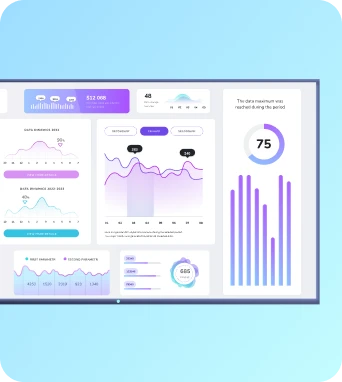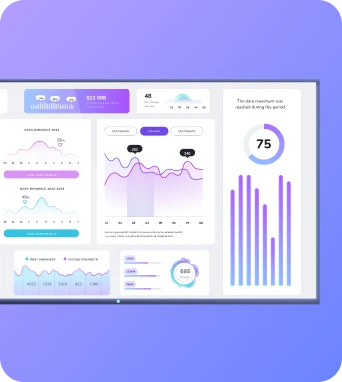Digital Signage Wiki/Bezel gap reduction
3 min read
Apr 24, 2025
Bezel gap reduction
Bezel gap reduction refers to the process of minimizing the visible space between the edges of individual display panels in a video wall or multi-screen digital signage setup, enhancing the visual continuity of the displayed content.
What is Bezel gap reduction?
Bezel gap reduction is a crucial concept in the realm of digital signage, particularly when it comes to creating video walls or multi-screen displays. This technique involves minimizing the visible gaps between the edges of individual screens, known as bezels, to create a more seamless and immersive viewing experience. As digital signage continues to evolve, the demand for bezel gap reduction has increased, driven by the need for more aesthetically pleasing and effective visual displays.
The Importance of Bezel Gap Reduction in Digital Signage
In the digital signage industry, the importance of bezel gap reduction cannot be overstated. As businesses and organizations increasingly rely on video walls to convey information and engage audiences, the visual quality of these displays becomes paramount. Bezel gaps can disrupt the continuity of images and videos, leading to a fragmented viewing experience. By reducing these gaps, digital signage providers can ensure that content flows smoothly across screens, enhancing the overall impact of the display. This is particularly important in environments where high-quality visuals are essential, such as retail spaces, corporate lobbies, and entertainment venues. Moreover, bezel gap reduction contributes to the aesthetic appeal of a display, making it more attractive to viewers and more effective in capturing their attention. As technology advances, manufacturers are developing thinner bezels and innovative mounting solutions to further minimize these gaps, pushing the boundaries of what is possible in digital signage design.
Implementing Bezel Gap Reduction in Digital Signage
Implementing bezel gap reduction in digital signage involves a combination of advanced technology and strategic planning. Manufacturers have made significant strides in producing displays with ultra-thin bezels, which are crucial for achieving minimal gaps between screens. These displays are often designed to be modular, allowing for flexible configurations that can be tailored to specific spaces and requirements. In addition to hardware advancements, software solutions play a vital role in bezel gap reduction. Calibration tools and content management systems are used to align and synchronize content across multiple screens, ensuring that images and videos appear as a cohesive whole. Installation techniques also contribute to effective bezel gap reduction. Precision mounting systems are employed to align screens accurately, while careful consideration of viewing angles and lighting conditions helps optimize the visual experience. By combining these elements, digital signage providers can create stunning video walls that captivate audiences and deliver messages with maximum impact.
Final Thoughts on Bezel Gap Reduction
Bezel gap reduction is a key factor in the success of digital signage installations, offering both aesthetic and functional benefits. By minimizing the gaps between screens, businesses can create more engaging and visually appealing displays that effectively communicate their messages. As technology continues to advance, the possibilities for bezel gap reduction will only expand, opening up new opportunities for innovation in digital signage. Learn more about Bezel gap reduction – schedule a demo at https://calendly.com/fugo/fugo-digital-signage-software-demo or visit https://www.fugo.ai/.
Keep the learning going...
Bezel
The bezel is the border or frame surrounding a digital display screen, often used in digital signage to protect and house the display components.
2 min read
Apr 24, 2025
Bezel compensation
Bezel compensation refers to the adjustment of display settings to account for the borders between screens in a video wall, ensuring a cohesive image.
3 min read
Apr 24, 2025
Bezel-less displays
Bezel-less displays refer to screens with minimal or no borders around the display area, enhancing the viewing experience by maximizing the screen space.
4 min read
Apr 24, 2025



